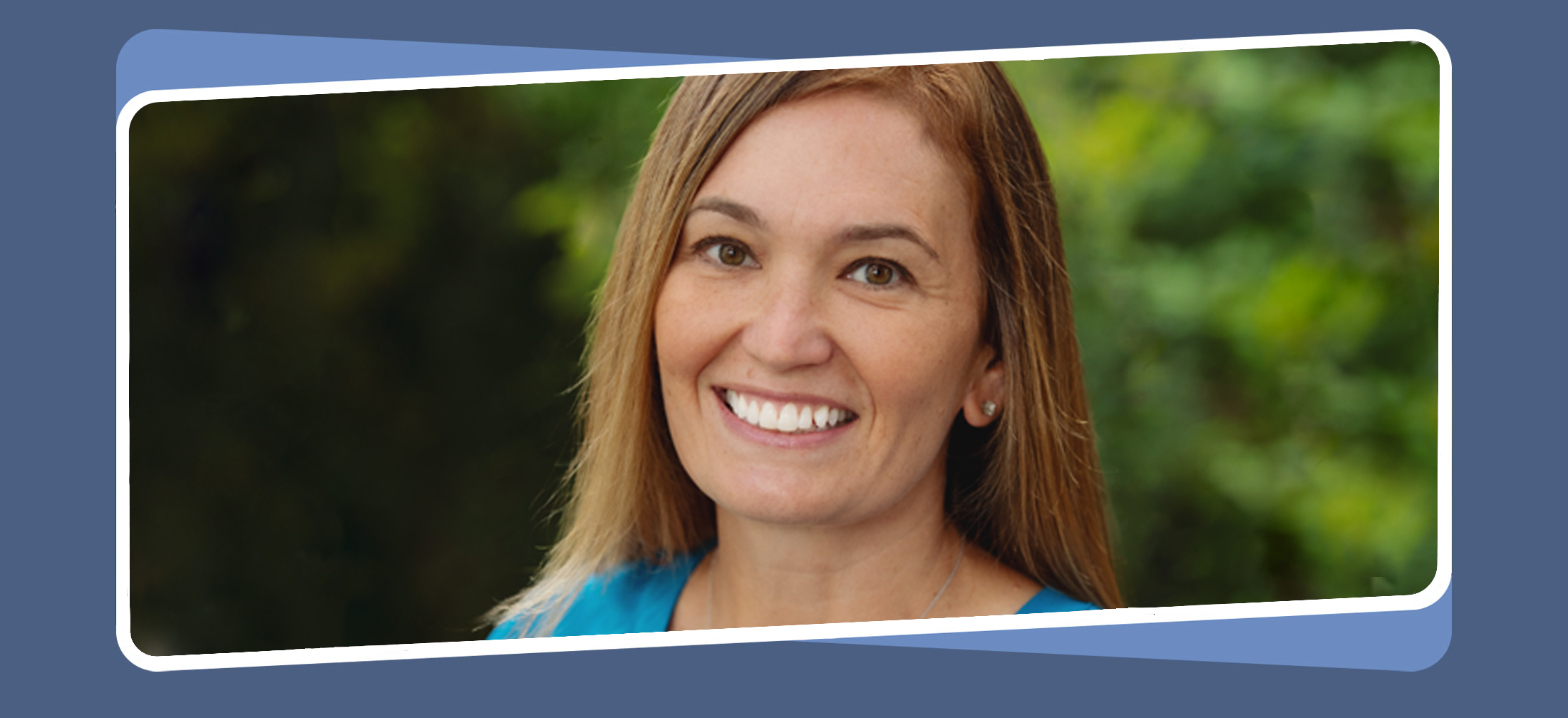This post is the third in a series of blog posts with Ceri Dean, Danette Parsley, and Mike Siebersma to introduce the School Improvement Consultant Framework.
I love to travel. I love meeting new people and exploring new places. Traveling forces me out of my day-to-day routine and ignites all of my senses as I take in everything around me, navigate, and try new things. This heightened state of awareness, curiosity, and learning is invigorating.
I immerse myself in planning beforehand, drawing on what I’ve learned from previous travels, gathering important background information, creating an itinerary, and enjoying the anticipation of a new adventure. During the trip, I like to journal, capturing insights, joyful moments, surprises, and wonderings. When I return, I reflect, organize my photos and travel gear, and jot down notes and lessons learned for my next trip.
I use all that I know about myself and what I’ve learned from previous travel to plan, experience, and learn from each of my trips. My “use of self” in this way is a key component of not only my approach to travel, but also my practice as a school improvement consultant.
Fundamentally, use of self is about acknowledging, deepening awareness of, and proactively managing the influence you have in any situation. Since the best tool for consultants to use in bringing about change is themselves, we’ve included use of self as one of the core components of our School Improvement Consultant Framework.
Unlike a researcher who tries to minimize their influence when conducting interviews or classroom observations, a school improvement consultant intentionally uses self as an instrument, or tool, to help a school move toward its goals. Your presence is not neutral. Your own preferences, biases, identities, and experiences influence the choices you make, as does the information you continually take in about what’s happening in the school from sources such as interpersonal dynamics, feedback, and nonverbal cues.
How Use of Self Plays Out in Practice
Not unlike taking a trip, a school improvement consultant’s workflow plays out in three phases—before, during, and after specific engagements—and each phase provides opportunities to activate, learn about, and master your use of self.
- In planning before an engagement, use of self involves tuning in to what you are thinking and feeling, making sure you understand as much as possible about the school’s context, considering previous experiences, and thinking through scenarios of how things might play out. Use of self during planning can maximize the likelihood that you are able to help the school move forward.
- During the engagement, you operate in a constant state of awareness. You pay attention to what’s happening with yourself, others, and the situation to inform the moves that you make—the questions you pose, facilitation strategies you use, roles you play, and so on. The choices you make about what you say and do influence the trajectory of the school’s discussions and decisions. The key is using what you know about yourself, others, and the context to make informed judgments about how to be most helpful to the group at that moment.
- After the engagement, you deliberately reflect on what happened and why to gain insight into your use of self and to inform what happens next.
Use of self has been used for decades in other fields, from business to health care, as a way for consultants to better serve their clients. It’s time for this concept to be brought to school improvement efforts, not only by school improvement consultants but also by anyone—teacher, school, and district leaders—who plays a role in helping schools improve. By better understanding how we bring our whole selves to this work, we can become powerful tools for change.
Interested in applying use of self but don’t know where to start your adventure? Download our new resource, Check Yourself: Putting Use of Self Into Practice.





